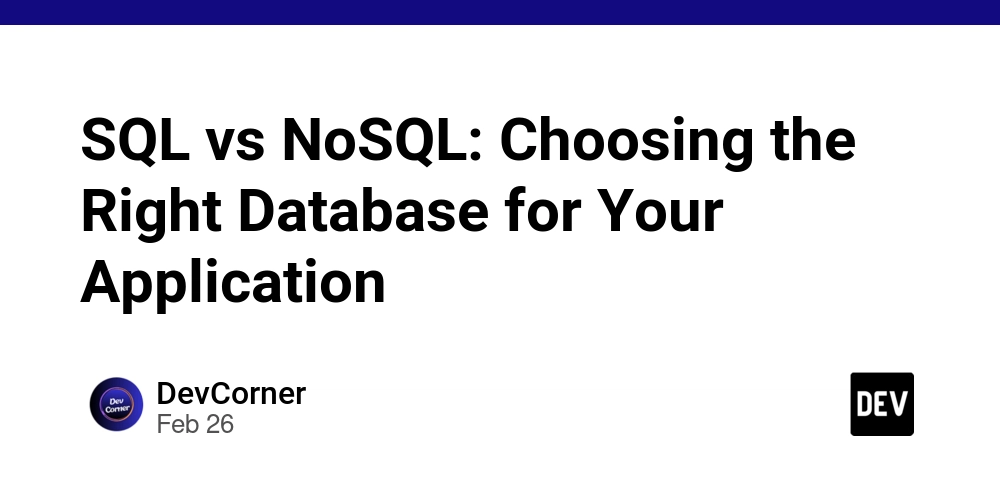Enhancing SwiftUI Alerts : A Reusable Approach with Unit and UI Testing
Why Do We Need a Reusable Alert View? When building an app, we often display alerts in different places like this: VStack { Button(action: { viewModel.showAlert1() }) { Text("Show Alert1") } .alert("Alert1", isPresented: $isShowingAlert1) { Button(role: .cancel, action: { print("do something") viewModel.isShowingAlert1 = false }) { Text("OK") } } message: { Text("Alert1 message") } Button(action: { viewModel.showAlert2() }) { Text("Show Alert2") } .alert("Alert2", isPresented: $isShowingAlert2) { Button(role: .cancel, action: { print("do something") viewModel.isShowingAlert2 = false }) { Text("Action1") } Button(action: { print("do something") viewModel.isShowingAlert2 = false }) { Text("Action2") } } message: { Text("Alert2 message") } Button(action: { viewModel.showAlert3() }) { Text("Show Alert3") } .alert("Alert3", isPresented: $isShowingAlert3) { Button(role: .cancel, action: { print("do something") viewModel.isShowingAlert3 = false }) { Text("Action1") } Button(action: { print("do something") viewModel.isShowingAlert3 = false }) { Text("Action2") } Button(action: { print("do something") viewModel.isShowingAlert3 = false }) { Text("Action3") } } message: { Text("Alert3 message") } } As you can see, each alert follows the same structure: a title, a message, and buttons. Instead of duplicating similar code, let’s create a reusable alert system to keep our code clean and maintainable. Please feel free to leave a comment. I'm happy to discuss my code to improve!

Why Do We Need a Reusable Alert View?
When building an app, we often display alerts in different places like this:
VStack {
Button(action: {
viewModel.showAlert1()
}) {
Text("Show Alert1")
}
.alert("Alert1", isPresented: $isShowingAlert1) {
Button(role: .cancel, action: {
print("do something")
viewModel.isShowingAlert1 = false
}) {
Text("OK")
}
} message: {
Text("Alert1 message")
}
Button(action: {
viewModel.showAlert2()
}) {
Text("Show Alert2")
}
.alert("Alert2", isPresented: $isShowingAlert2) {
Button(role: .cancel, action: {
print("do something")
viewModel.isShowingAlert2 = false
}) {
Text("Action1")
}
Button(action: {
print("do something")
viewModel.isShowingAlert2 = false
}) {
Text("Action2")
}
} message: {
Text("Alert2 message")
}
Button(action: {
viewModel.showAlert3()
}) {
Text("Show Alert3")
}
.alert("Alert3", isPresented: $isShowingAlert3) {
Button(role: .cancel, action: {
print("do something")
viewModel.isShowingAlert3 = false
}) {
Text("Action1")
}
Button(action: {
print("do something")
viewModel.isShowingAlert3 = false
}) {
Text("Action2")
}
Button(action: {
print("do something")
viewModel.isShowingAlert3 = false
}) {
Text("Action3")
}
} message: {
Text("Alert3 message")
}
}
As you can see, each alert follows the same structure: a title, a message, and buttons. Instead of duplicating similar code, let’s create a reusable alert system to keep our code clean and maintainable.
Please feel free to leave a comment. I'm happy to discuss my code to improve!











































































































































































![[The AI Show Episode 142]: ChatGPT’s New Image Generator, Studio Ghibli Craze and Backlash, Gemini 2.5, OpenAI Academy, 4o Updates, Vibe Marketing & xAI Acquires X](https://www.marketingaiinstitute.com/hubfs/ep%20142%20cover.png)




























































































































![[DEALS] The Premium Learn to Code Certification Bundle (97% off) & Other Deals Up To 98% Off – Offers End Soon!](https://www.javacodegeeks.com/wp-content/uploads/2012/12/jcg-logo.jpg)


![From drop-out to software architect with Jason Lengstorf [Podcast #167]](https://cdn.hashnode.com/res/hashnode/image/upload/v1743796461357/f3d19cd7-e6f5-4d7c-8bfc-eb974bc8da68.png?#)








































































































.png?#)























.webp?#)










_Christophe_Coat_Alamy.jpg?#)
 (1).webp?#)




































































































![Apple Considers Delaying Smart Home Hub Until 2026 [Gurman]](https://www.iclarified.com/images/news/96946/96946/96946-640.jpg)
![iPhone 17 Pro Won't Feature Two-Toned Back [Gurman]](https://www.iclarified.com/images/news/96944/96944/96944-640.jpg)
![Tariffs Threaten Apple's $999 iPhone Price Point in the U.S. [Gurman]](https://www.iclarified.com/images/news/96943/96943/96943-640.jpg)
































































































































![[Part 6]Error Handling and Exception Handling in Python for Robustness](https://media2.dev.to/dynamic/image/width=800%2Cheight=%2Cfit=scale-down%2Cgravity=auto%2Cformat=auto/https%3A%2F%2Fdev-to-uploads.s3.amazonaws.com%2Fuploads%2Farticles%2Ft8kbjtr43le4x9cer1rn.png)


